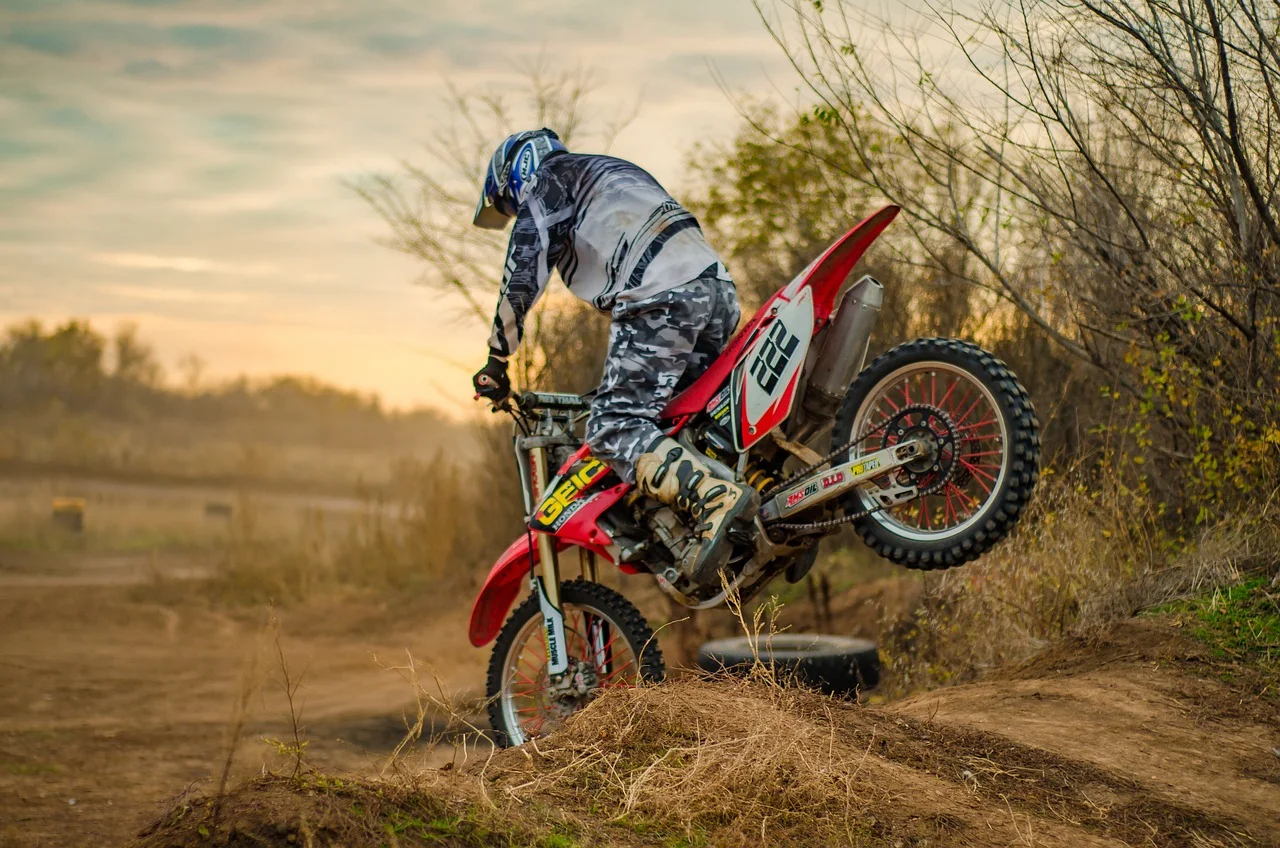limited escape ability of off road electric bike
Are you considering buying an off-road EV for your next adventure? While these innovative machines offer excitement and versatility, it is crucial to understand their limitations, especially when it comes to their ability to escape in challenging terrain. In this blog post, we’ll delve into the factors that affect the performance of off road electric bike and how to maximize your riding experience.
Learn about off-road electric bikes
Off road electric bike, also known as e-mtb (Electric Mountain Bike), are designed to handle rough trails, steep slopes, and uneven terrain. They combine the power of an electric motor with the agility of a mountain bike to provide riders with the thrill of exploration without expelling physical energy. However, each technology has its limitations.
Limitations in the ability to escape
Battery life and range
Power Management: One of the most important limitations of off-road e-bikes is battery life. Depending on the terrain and riding style, a rider may find that their battery runs faster than expected. It is vital to monitor the battery level and plan your route accordingly to avoid getting stuck.
Weight considerations: Adding gears or extra weight to the passenger greatly reduces the range of the bike. Always pack wisely to ensure you have enough power to return safely.
Terrain challenge
Technical routes: Off-road e-bikes are optimized for a variety of terrain, but high-tech routes can pose challenges. Steep slopes, rocky roads, and muddy sections drain the battery faster and require more motor help, limiting your escape options.
Obstacles and maneuverability: While these bikes are designed to handle harsh conditions, navigating obstacles can be difficult. If you find yourself stuck, disassembling and maneuvering the bike can be cumbersome due to its weight and size.
FAQ
What are the limitations of electric bicycles?
For safety reasons, the speed limit for e-bikes is 15.5 miles per hour. Of course, after this limit, your own pedal strength can increase your speed.
Why are e-bikes limited?
Because the performance and use of the Type 1 and type 2 e-bikes are very similar to bicycles, they also have similar safety issues. Type 3 e-bikes can pose additional safety concerns, especially when used in unsuitable street or trail environments. Therefore, Category 3 electric bicycles are prohibited from entering Category 1 and Category 4 bicycle lanes.
How does an electric bike work on the mountain?
The extra power provided by the pedal assist motor eliminates the pain of climbing, so you can cruise on every slope. If you put in more effort, you can also choose to ride faster. If you ride an e-bike, the mountains on your way to work won’t stop you from enjoying your commute.
Can a 500W electric bicycle climb a hill?
Advantages and disadvantages of 500W electric bicycle.
Can I turn the EBike upside down?
E-bikes are not designed to stand on their heads. Manufacturers understand that bikes can get wet and muddy. They built vents on the bikes to let out any incoming water. Washing your bike upside down is a bad idea.
Which e-bike engine is best for the hills?
Medium speed drive or hub drive? As you’ll read above, both hub motors and medium drives can be great climbers, but medium drives are often just a little better because no matter your speed or what gear you’re in or what slope you’re on, the motor power is applied more evenly.

